14 U.S. National Parks That Are Hotspots For Cougar Sightings
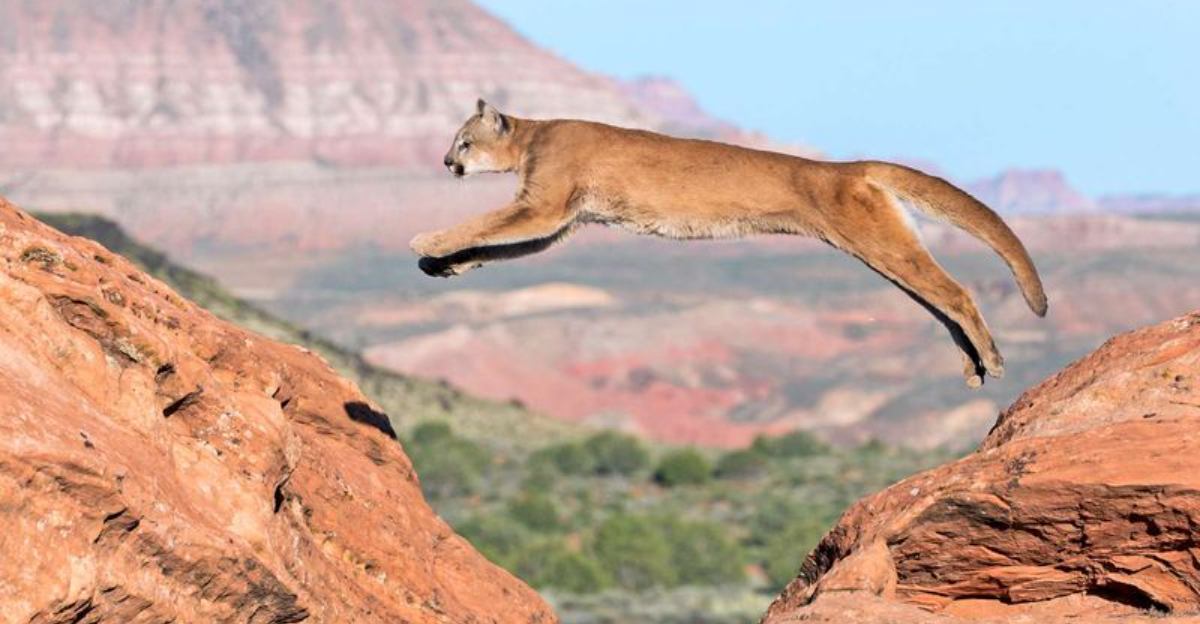
Wild and elusive, mountain lions roam the rugged landscapes of America’s national parks. These magnificent predators, also called cougars or pumas, typically avoid humans but occasionally reveal themselves to lucky visitors.
For wildlife enthusiasts hoping to glimpse these secretive cats in their natural habitat, certain parks offer better chances than others.
1. Olympic National Park’s Ancient Forests
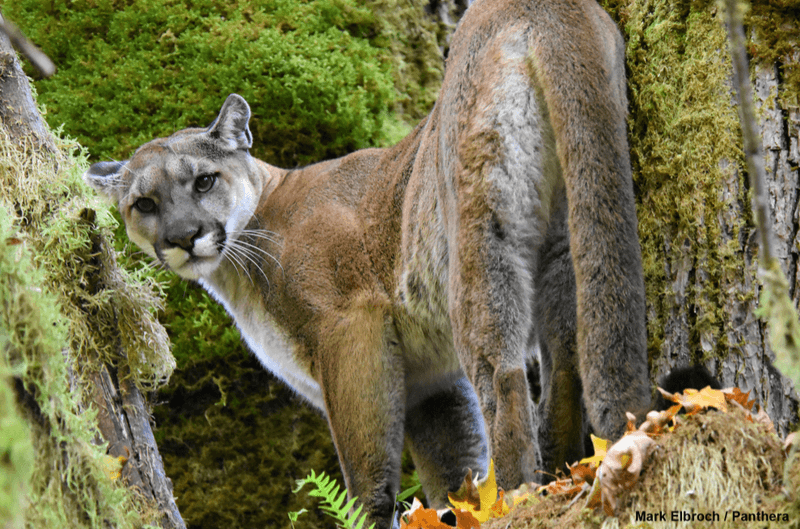
Towering trees create perfect hiding spots for the stealthy cats that prowl these misty woodlands. Olympic’s diverse ecosystem supports healthy deer populations – prime cougar food.
Rangers report consistent sightings along the Hoh River Trail, where cats sometimes cross paths with hikers at dawn and dusk. The park’s remote northern sections offer the best chance for a rare glimpse.
2. Yellowstone’s Vast Wilderness
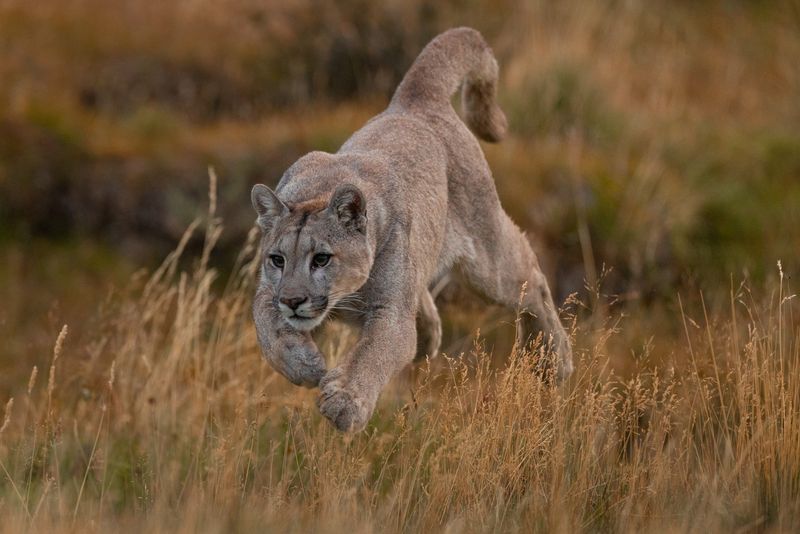
Hidden among Yellowstone’s famous geysers and bison herds lives a healthy mountain lion population. These solitary hunters thrive in the park’s northern range, where prey animals gather during winter months.
Lamar Valley offers occasional sightings, especially early morning. The cats’ sandy-colored coats blend perfectly with the landscape, making patient observation with binoculars your best strategy.
3. Grand Canyon’s Remote Rims
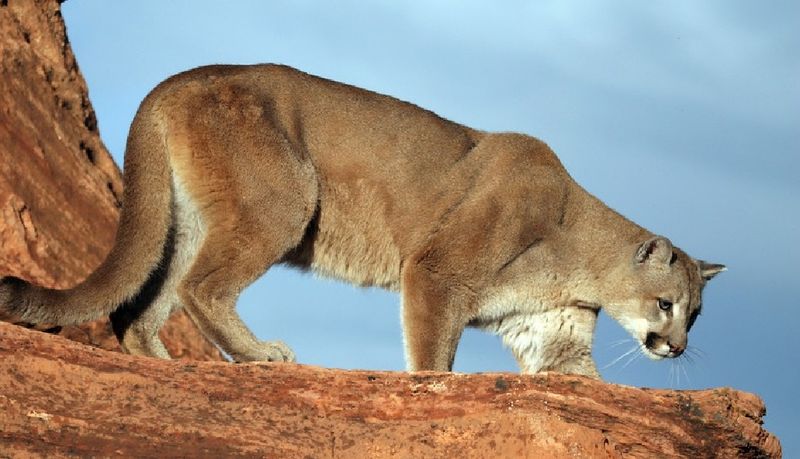
Surprised? Many visitors don’t realize the Grand Canyon harbors a thriving cougar population. These incredible climbers navigate the steep canyon walls with ease, hunting deer along the forested rims.
North Rim trails, less crowded than their southern counterparts, occasionally yield sightings. Park biologists track several collared individuals, confirming these big cats roam throughout this iconic landscape year-round.
4. Zion’s Dramatic Canyons
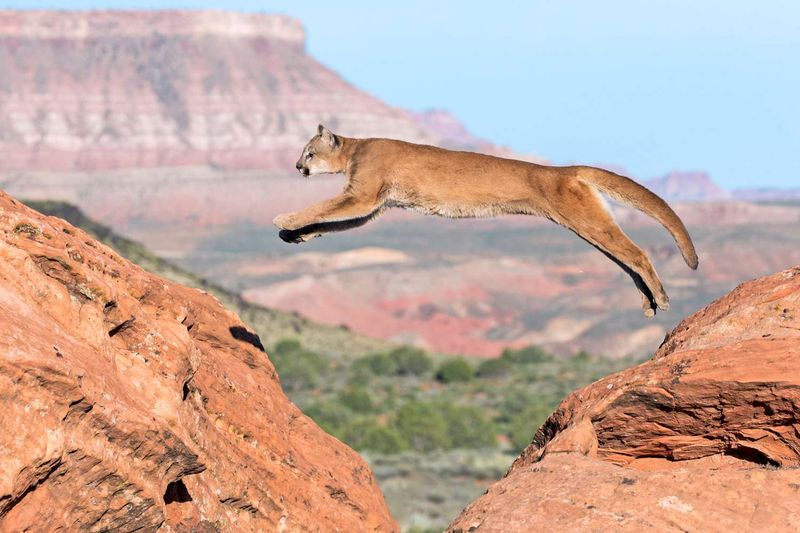
Rust-colored cliffs provide perfect lookout perches for Zion’s mountain lions. These adaptable predators move between high mesas and narrow canyons, following mule deer herds.
The less-traveled Kolob Canyons section offers your best chance for a sighting. Rangers note increasing cougar activity near dawn along the park’s western edge, where water sources attract both predators and prey.
5. Yosemite’s Sierra Nevada Slopes

Beneath Yosemite’s iconic granite faces roams a secretive population of mountain lions. Recent research shows these cats frequently traverse the park’s western slopes, following deer migrations.
Hetch Hetchy and Wawona areas see regular activity, though actual sightings remain rare. Motion-sensor cameras have captured stunning images of these muscular cats slipping like shadows through moonlit meadows and pine forests.
6. Big Bend’s Desert Domain
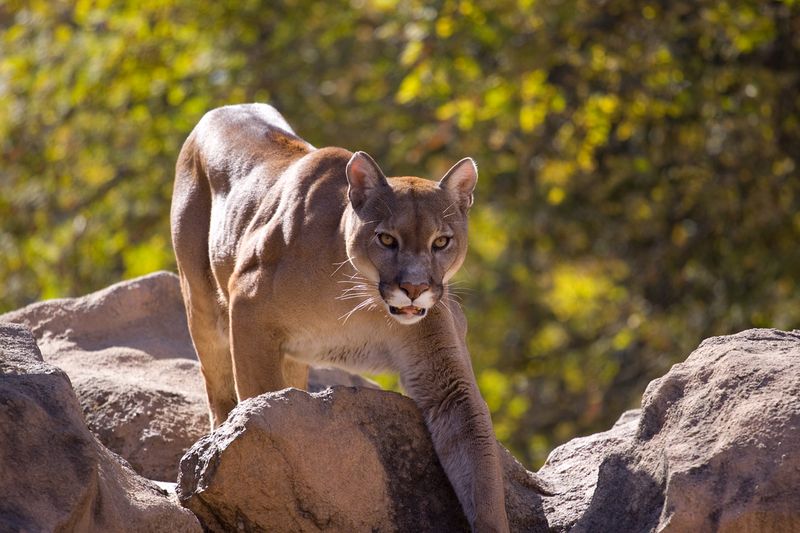
Against all odds, mountain lions thrive in Big Bend’s harsh desert environment. These resourceful predators have adapted to extreme temperatures and limited water, hunting at night when the scorching heat subsides.
The remote Chisos Mountains harbor the highest concentration. Lucky visitors occasionally spot these tawny ghosts crossing desert washes or drinking from isolated springs during early morning hours.
7. Glacier’s Alpine Wilderness
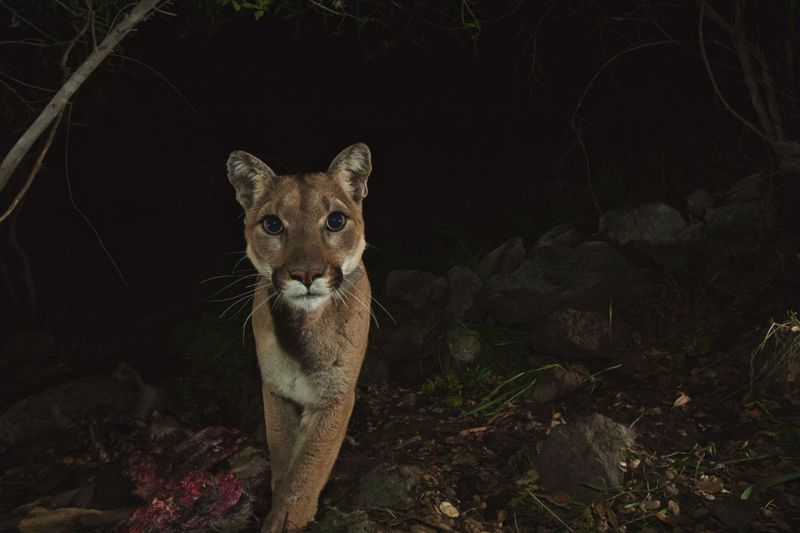
Snow-capped peaks and pristine valleys make Glacier National Park prime mountain lion country. These powerful cats leave distinctive tracks in snow, revealing their presence even when they remain invisible.
Many Glacier and Two Medicine areas report frequent activity. Park wildlife technicians estimate at least 30 adult cougars call this spectacular landscape home, hunting mountain goats and deer throughout the seasons.
8. Rocky Mountain’s High Country
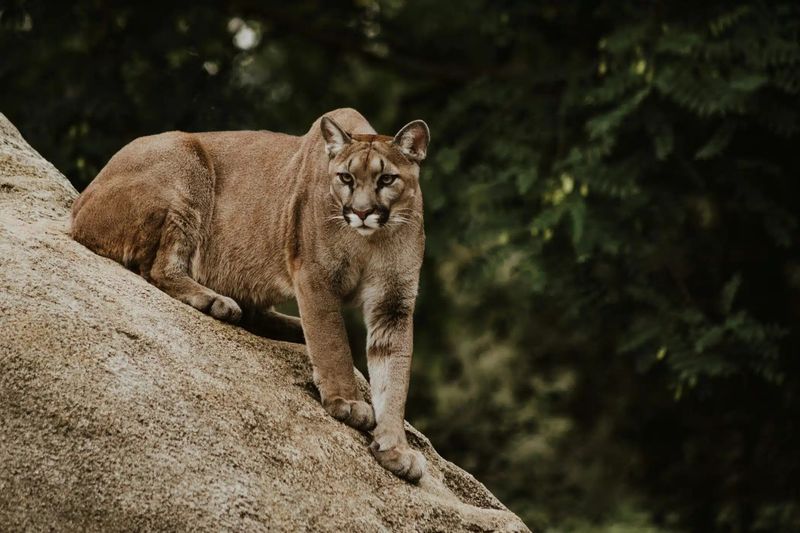
Few predators embody wilderness like the mountain lions of Rocky Mountain National Park. Trail Ridge Road’s upper elevations offer occasional glimpses as these athletic cats patrol their territories.
Fall brings increased activity as cougars follow elk herds to lower elevations. Wildlife cameras positioned throughout the park capture remarkable footage of these muscular predators navigating steep terrain with incredible grace and power.
9. Canyonlands’ Desert Maze

Winding canyons and hidden water pockets create perfect hunting grounds for Canyonlands’ mountain lions. These resilient predators navigate the park’s maze-like geography with remarkable spatial memory.
Island in the Sky district rangers report increasing sightings near dawn. Tracks often appear along sandy washes after rain, revealing these secretive hunters move extensively throughout the park’s seemingly inhospitable landscape.
10. Sequoia’s Ancient Groves

Massive trees create cathedral-like forests where mountain lions silently stalk their prey. Sequoia’s varied elevations support year-round cougar activity, with cats following seasonal deer migrations.
Mineral King Valley sees frequent activity, especially during summer months. Park biologists note these adaptable predators seem particularly drawn to edge habitats where dense forest meets meadow, creating perfect ambush opportunities.
11. Shenandoah’s Blue Ridge

Eastern mountain lions make their secretive home among Shenandoah’s rolling ridges. Though officially declared extinct, compelling evidence suggests these cats still haunt the park’s remote hollows.
Consistent reports come from the park’s southern district. Wildlife officials investigate dozens of credible sightings annually, finding tracks and other signs that indicate these legendary predators may indeed still prowl these ancient mountains.
12. North Cascades’ Rugged Peaks
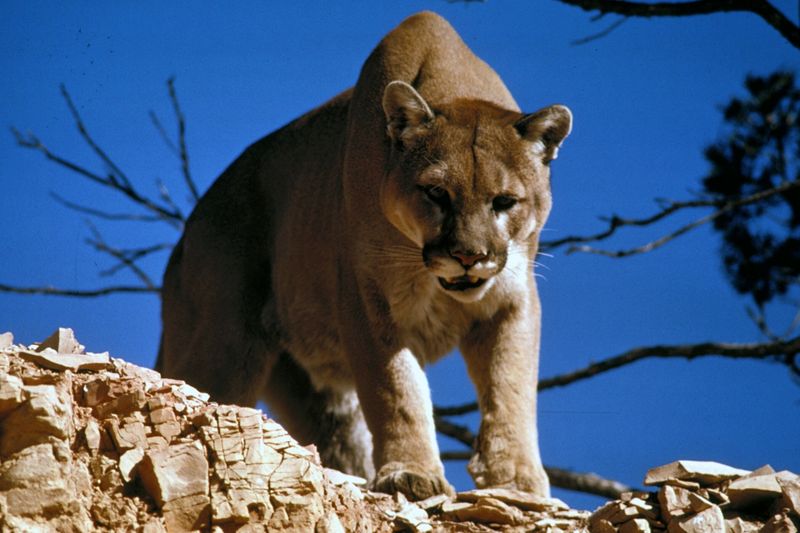
Jagged mountains create perfect sanctuary for the North Cascades’ rarely-seen mountain lions. These agile predators navigate steep terrain with ease, establishing huge territories throughout this wilderness.
Thunder Creek Trail has yielded several confirmed sightings. Park biologists estimate healthy populations exist here, though dense forests and minimal human presence mean these cats remain largely undisturbed and therefore seldom observed.
13. Great Basin’s Hidden Valleys
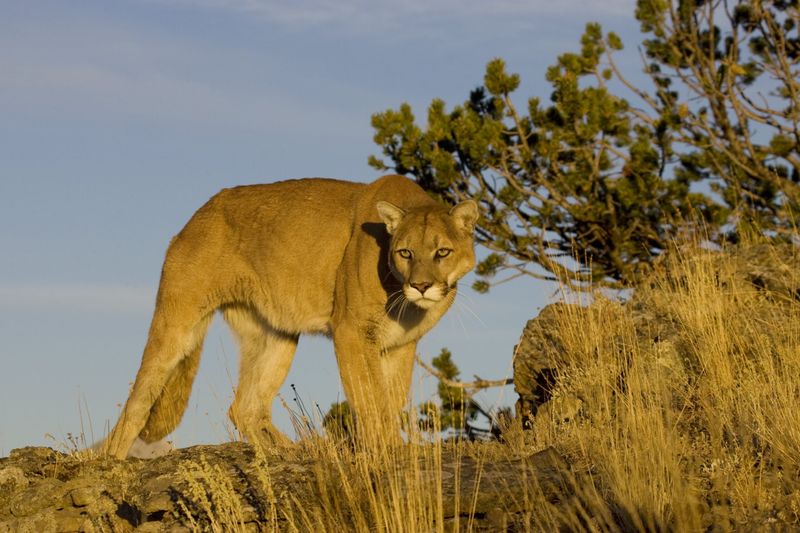
Surprising to many visitors, Great Basin National Park harbors a stable mountain lion population. These adaptable cats thrive in the park’s diverse habitats, from high alpine zones to sagebrush valleys.
Wheeler Peak’s lower slopes offer occasional sightings. These desert-adapted lions have unusually large territories, sometimes ranging over 200 square miles as they follow prey migrations through this seemingly barren but ecologically rich landscape.
14. Kings Canyon’s Wilderness Core
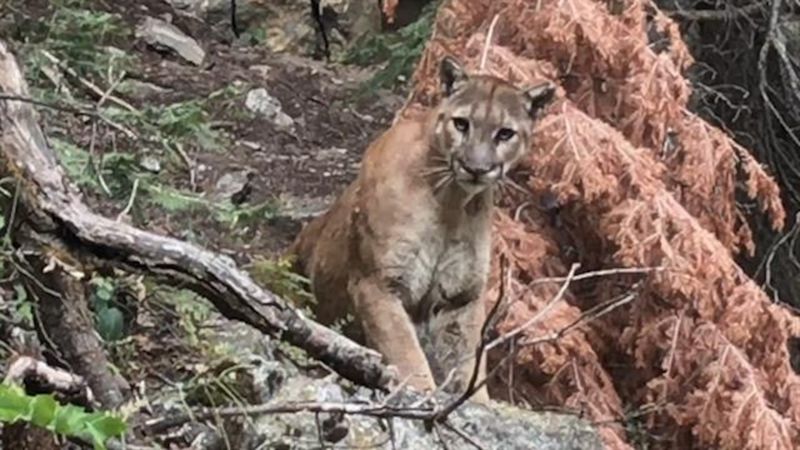
Deep in California’s Sierra Nevada lies some of America’s most pristine cougar habitat. Kings Canyon’s remote backcountry supports a thriving population, rarely encountered by humans.
Cedar Grove area tracks reveal regular cougar movement. These powerful predators maintain critical ecological balance, controlling deer populations that would otherwise overgraze delicate mountain meadows and forest understory.






